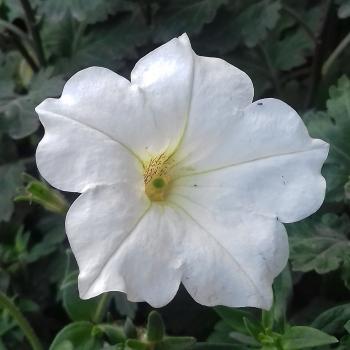I read Glenn Arbery’s The Boundaries of Eden:
There’s a kind of American story in which innocence is not lost but sought, where innocence lies in the future and not the past. Our bankruptcy law has long been debtor-friendly compared to Europe; our storytelling, from The Great Gatsby to Meet John Doe, explores both the allure and the impossibility of a clean slate and a new name. A new life is out there in “the territory.” We long to doff the old Adam, but we don’t want to put on Christ—for Christ still bears the Sacred Wounds, and the new American must be unscarred, not restored but reborn, all crimes not forgiven but somehow undone. From Huck Finn to Hamilton (“In New York, you can be a new man!”), the child among the nations imagines itself as a nation of unhappy childhoods.
This is almost always a white narrative. Hamilton, though heavily asterisked, is not quite an exception to that rule. And so it is easy to read in these narratives a desire to undo slavery, “America’s original sin.” Exile and renaming, characteristic experiences of enslavement, suddenly signify hope rather than despair. Writing about the nature of “whiteness,” Phil Christman, the editor of the Michigan Review of Prisoner Creative Writing, argues, “The concept ‘black’ has called people together to be exploited, stolen from, and abused, but by that same token, it has called them together to survive. ‘Whiteness’ has not called a people together except to do crimes and bury the evidence.” In American stories of white reinvention that image is sometimes quite literal.
and I watched Poly Styrene: I Am a Cliche:
“Oh, I saw a flying saucer last night. It told me to give up the electric, plastic way of life.”
I first heard about the X-Ray Spex from a Riot Grrrl flier handed out at punk concerts in the mid-’90s. Their one album, Germfree Adolescents, was on a list of woman-led punk music, alongside the Raincoats, the Delta 5, Crass, and Jayne County. I loved the band’s name, so I haunted record stores pawing through the XYZ bin until I found the album on cassette during a beach vacation in the summer of ’95. I stuck it in the player and from the moment I heard Poly Styrene’s inimitable voice—at once forthright and teasing, poppy and punishing, skidding from a husky croon to a paint-stripping wail—I was in love.
And that’s the public story of Poly Styrene, née Marianne Elliott….











